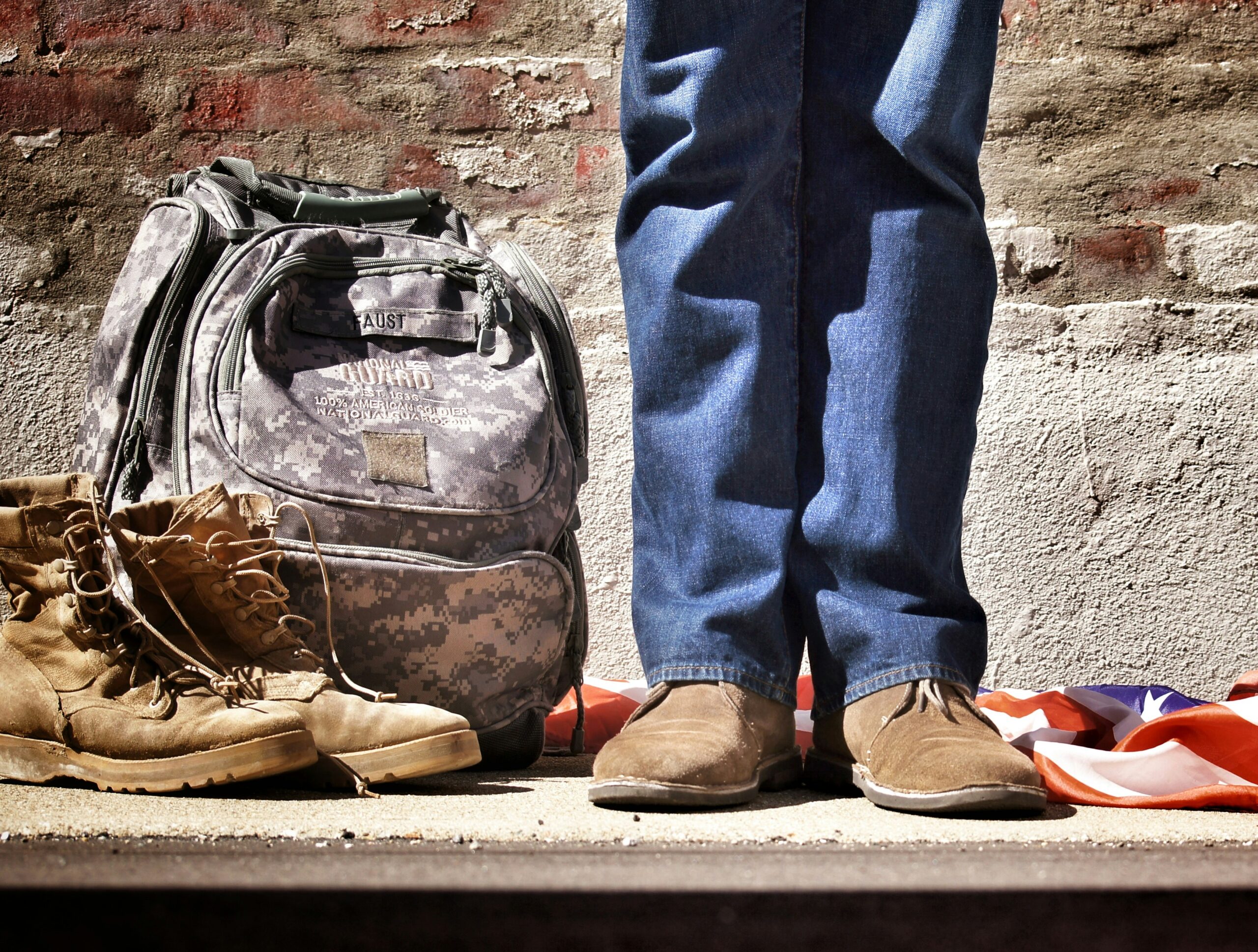Fitness has always been a passion of mine, but over the years, I have realized that it can be so much more than a personal pursuit. Workouts have the power to build community, foster connection, and even support those who have served our country. Veterans face unique challenges, from physical injuries to mental health struggles, and fitness programs can provide a structured, empowering, and therapeutic outlet. Combining my love for exercise with advocacy has been one of the most fulfilling ways I’ve been able to give back.
The Unique Needs of Veterans
Veterans often face physical and emotional challenges that can make it difficult to stay active or find community support. Some are managing injuries from service, while others are navigating PTSD or anxiety. Exercise programs tailored to these needs can help restore strength, increase mobility, and improve mental well-being. More importantly, these programs create a sense of camaraderie that mirrors the teamwork and connection many veterans experienced during their time in service. Fitness becomes a bridge to community and a path toward personal empowerment.
Building Accessible Fitness Programs
When creating fitness programs for veterans, accessibility is key. Classes should be inclusive, adaptable, and supportive of varying fitness levels. Whether it’s a strength-training session, a group run, or a yoga class focused on flexibility and mindfulness, the goal is to ensure that every participant feels capable and encouraged. Equipment, exercises, and pacing need to accommodate those recovering from injuries or living with physical limitations. By prioritizing accessibility, we ensure veterans can fully participate and gain the maximum benefit.
The Role of Community
One of the most impactful elements of these programs is the community they foster. Veterans often benefit from connecting with others who understand their experiences and challenges. Group workouts, mentorship programs, and team challenges create a support system that goes beyond the gym. Participants celebrate each other’s achievements, motivate one another, and build friendships that extend into daily life. The sense of belonging can be as important as the physical gains from training.
Mental Health Benefits
Physical activity is a proven tool for improving mental health, and this is especially important for veterans. Workouts release endorphins, reduce stress, and provide structure and routine. Beyond the physical benefits, group fitness can help reduce feelings of isolation, boost self-esteem, and encourage resilience. Mindful movement practices, like yoga or stretching, can complement high-intensity workouts by promoting calm, focus, and self-awareness. When designed thoughtfully, fitness programs serve as a holistic approach to wellness.
Combining Fitness With Advocacy
One of the ways I’ve found the most fulfillment is by combining fitness programs with advocacy. Organizing charity events, benefit runs, or fundraising challenges allows participants to support veteran causes while engaging in physical activity. These events highlight the importance of service and create tangible impact for veteran organizations. By connecting fitness to a cause, participants experience a sense of purpose beyond personal goals. The workouts become a vehicle for giving back.
Measuring Impact Beyond the Gym
Success in these programs isn’t measured solely by pounds lifted or miles run. Impact is also measured in improved confidence, stronger connections, and increased participation in community life. Veterans often report feeling more empowered, capable, and motivated to pursue other goals after engaging in fitness programs. Tracking both qualitative and quantitative outcomes helps ensure programs meet the needs of participants and continue to evolve.
Collaboration With Veteran Organizations
Partnering with local veteran organizations strengthens the reach and effectiveness of fitness initiatives. These organizations provide insight into the unique needs of the community, help promote programs, and connect veterans with additional resources. Collaboration ensures that fitness programs are relevant, impactful, and respectful of participants’ experiences. Working together creates a broader support network and amplifies the positive effect on veterans’ lives.
Inspiring Others to Take Action
Fitness programs for veterans can also inspire others to get involved. Friends, family, and community members can participate as volunteers, trainers, or supporters, helping expand the program’s impact. When people see the difference that structured workouts and community support can make, they often feel motivated to create their own initiatives. This ripple effect strengthens the connection between fitness and social responsibility.
Strength, Service, and Community
Transforming workouts into community impact is about more than exercise; it’s about service, empowerment, and connection. Fitness programs for veterans provide physical, mental, and emotional benefits while fostering a sense of community that mirrors the teamwork and camaraderie of military service. By designing accessible, supportive, and purpose-driven programs, we can make a tangible difference in the lives of veterans. Combining passion for fitness with advocacy allows us to give back meaningfully, turning every workout into an opportunity to serve and support those who have served us. In the end, strength is measured not just in muscle or endurance, but in impact, community, and the lives we touch along the way.
